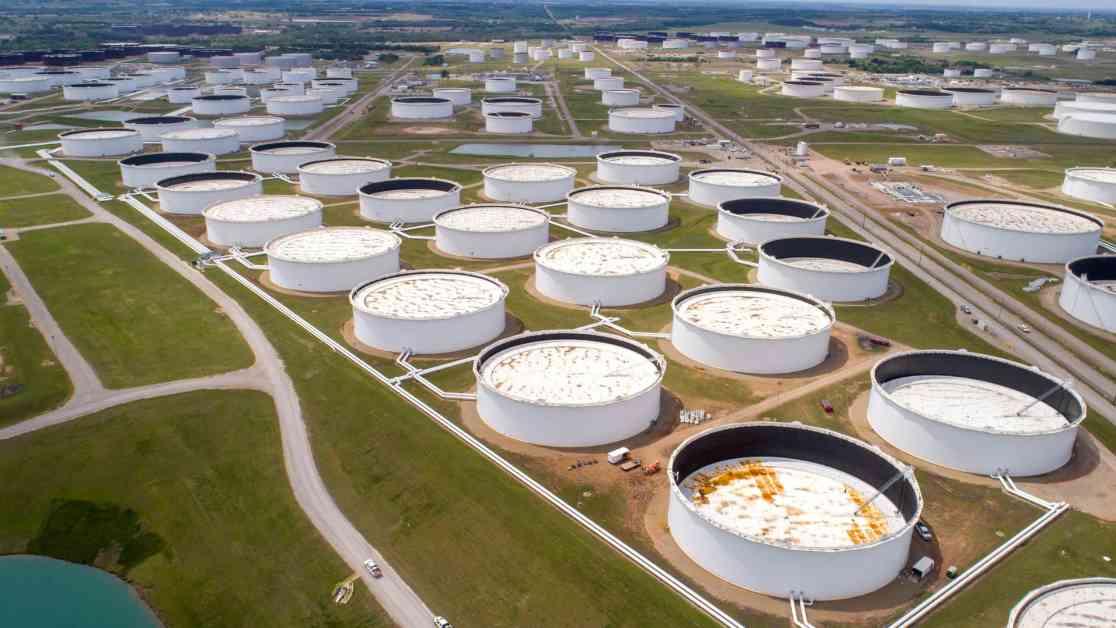Qatar Prime Minister’s Diplomatic Intervention
In a surprising turn of events, Qatar’s Prime Minister has reportedly urged Iran to refrain from launching an attack on Israel while Gaza cease-fire negotiations are underway. This diplomatic intervention comes amidst escalating tensions in the region following the assassination of a Hamas leader in Tehran and fears of a potential retaliation by Iran. According to sources, Qatar’s Prime Minister conveyed a message to Iranian leaders emphasizing the need for de-escalation and cautioning against any actions that could jeopardize the progress made in the ongoing cease-fire talks.
The phone call between Qatar and Iran took place after the first day of discussions in Doha, where efforts were being made to broker a truce between Israel and Hamas. The intervention by Qatar’s Prime Minister highlights the delicate balance of power and influence in the Middle East, with various regional actors playing a crucial role in shaping the outcome of the conflict. The importance of maintaining stability and preventing further escalation in the region cannot be overstated, especially given the potential impact on global energy markets.
Impact on U.S. Crude Oil Prices
The news of Qatar’s intervention in urging Iran to exercise restraint has had a notable impact on U.S. crude oil futures, which fell over 3% on Friday. The decrease in oil prices can be attributed to the perceived reduction in geopolitical risk following Qatar’s diplomatic efforts to defuse tensions in the region. The market reaction underscores the interconnected nature of global energy markets and their sensitivity to political developments in key oil-producing regions.
As of Friday, the West Texas Intermediate (WTI) September contract was trading at $76.13 per barrel, down $2.02 or 2.58%. Year to date, U.S. crude oil has seen a modest gain of 6.2%, reflecting the overall volatility and uncertainty in the market. Similarly, the Brent September contract stood at $79.15 per barrel, down $1.91 or 2.36%, with the global benchmark showing a year-to-date increase of 2.7%.
Energy Market Analysis
The fluctuation in energy prices can be attributed to a combination of factors, including geopolitical tensions, supply-demand dynamics, and market sentiment. The recent pullback in oil prices following Qatar’s intervention highlights the influence of geopolitical developments on energy markets. Investors and traders closely monitor political events in oil-producing regions as they can have a significant impact on supply chains and market stability.
The pause in cease-fire talks on Friday has also contributed to the uncertainty surrounding oil prices. While negotiations are expected to resume next week, the temporary halt has created a sense of unease among market participants. The volatile nature of the energy market underscores the need for constant vigilance and adaptability to changing circumstances.
Geopolitical Factors and Price Volatility
The geopolitical landscape in the Middle East remains a key driver of volatility in global energy markets. The ongoing tensions between Iran and Israel, coupled with the broader regional dynamics, have the potential to disrupt oil supplies and impact prices. The assassination of a Hamas leader in Tehran and Iran’s vow to retaliate have heightened concerns about a possible escalation in the conflict.
The market reaction to these developments has been swift and pronounced, with oil prices reacting to every twist and turn in the geopolitical saga. The uncertainty surrounding Iran’s intentions and the potential for a military confrontation with Israel have kept investors on edge, leading to fluctuations in energy prices. The delicate balance of power in the region and the intricate web of alliances and rivalries further complicate the situation, adding to the volatility in the market.
Market Sentiment and Demand Outlook
Apart from geopolitical factors, market sentiment and demand outlook also play a crucial role in determining energy prices. The recent softening of oil demand in China has added to the downward pressure on prices, as concerns grow about the economic impact of the ongoing COVID-19 pandemic. China, as one of the largest consumers of oil, has a significant influence on global energy markets, with any signs of weakness in demand being closely monitored by investors.
The combination of geopolitical tensions, demand fluctuations, and market sentiment creates a complex environment for energy traders and analysts. The interplay between these factors can lead to sharp price movements and increased volatility, as seen in the recent fluctuations in oil prices. Understanding the various drivers of energy markets is essential for making informed decisions and navigating the uncertainties of the global economy.
In conclusion, the intertwining of geopolitical events, market dynamics, and demand outlooks continues to shape the energy landscape, with each factor contributing to the complexity and volatility of energy markets. The role of key players like Qatar and Iran in mediating conflicts and maintaining stability in the region cannot be overstated, as their actions have a direct impact on global energy prices and market stability. As negotiations in the Middle East unfold and geopolitical tensions simmer, energy market participants must remain vigilant and adaptable to navigate the ever-changing landscape of the oil industry.













